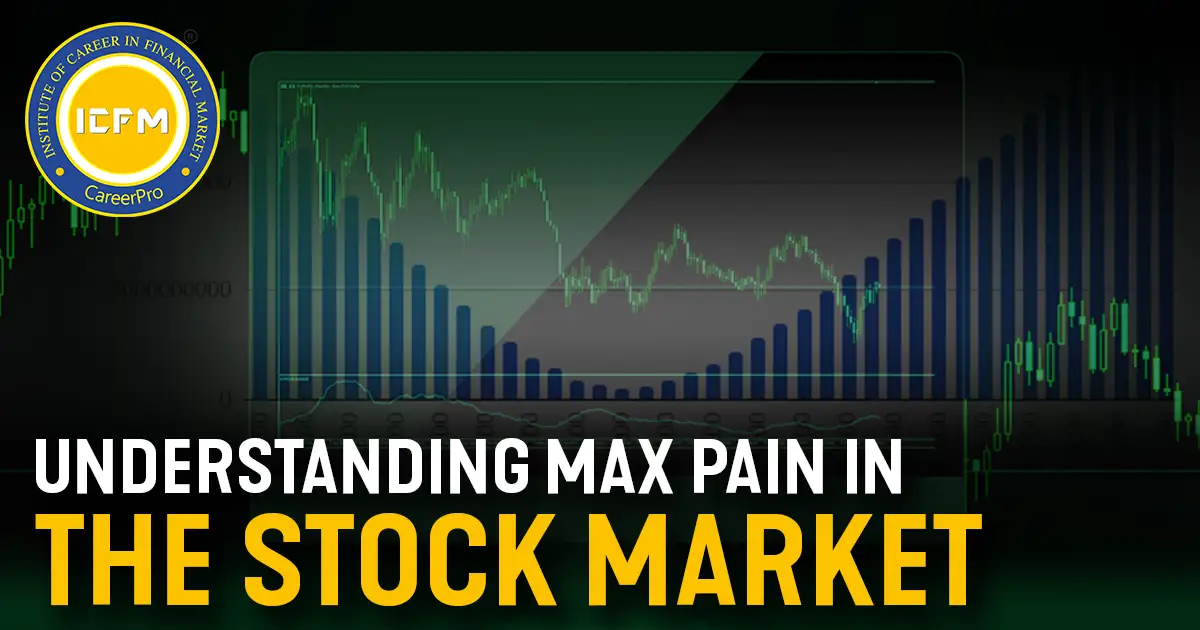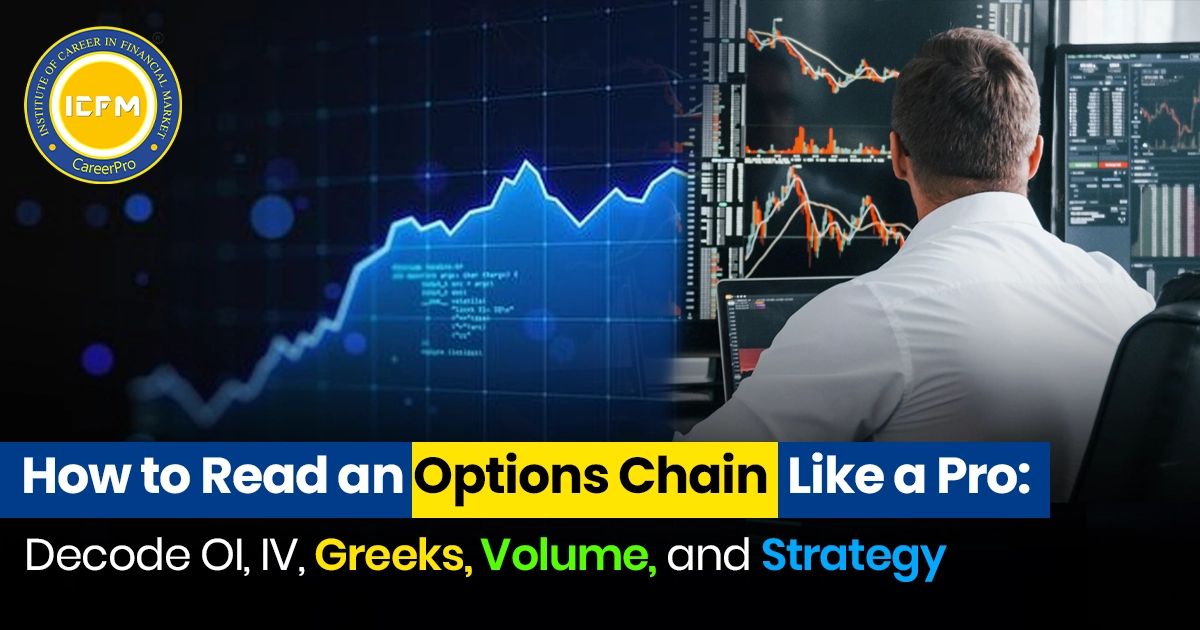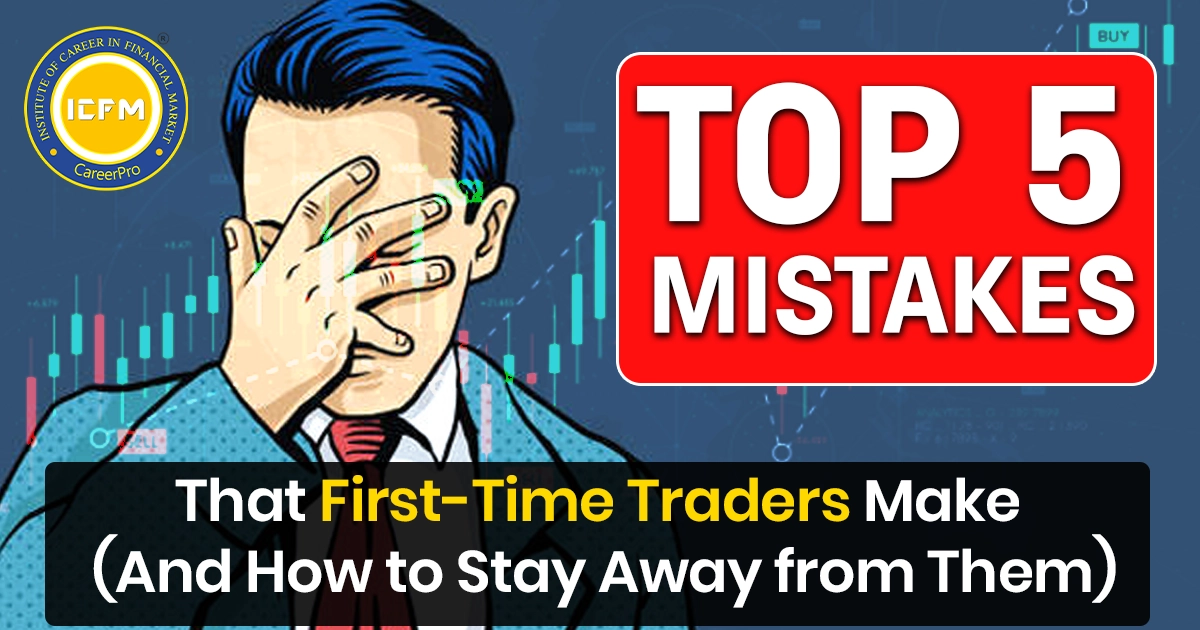The stock market can often be a confusing place, especially with so many things affecting how much stocks and options are selling for. There is one interesting concept regarding options trading known as Max Pain, which can help traders understand the potential action in the market heading into option expiration. Although its name sounds negative, "max pain" is actually a theory that can really help inform traders' decision-making.
This is a blog that breaks down what Max Pain is, how it works, and its importance to options traders.
What is Max Pain?
The term Max Pain refers to the price where the maximum number of options contracts expiring worthless is realized (both puts and calls). This simply means that it is the price level, at which the holders of options incur the most financial pain, but is however very helpful to sellers of options.
Two parties are involved in options trading, namely
- Option Buyers: These are individuals who buy calls or puts expecting that the market moves to their advantage.
- Option Sellers (Writers): Those who sell, or "write," options. They collect a premium and profit if the option expires worthless, meaning the market did not move enough to actually exercise the right of the buyer to buy the asset (in the case of calls) or sell the asset (in the case of puts).
Max Pain is the point at which most options (puts and calls) will become worthless at expiration. This is profitable for the sellers of options because they keep the premiums paid by the buyers.
How Does Max Pain Work?
To explain how Max Pain works, let's picture options as bets on where a stock's price is going to be at expiration. A put buyer hopes that price will go down, and a call buyer hopes that price will go up. Sellers, however, prefer making money if the price stays around the Max Pain price-the highest number of both puts and calls that expire worthless.
This is the price point at which the lowest number of options are "in the money"-meaning they would be profitable for the buyer-and the maximum number of options that expire worthless-meaning they have no value.
Example:
If there is an underlying max pain of 100 Rupees and is nearing expiration, the more that the stock moves towards ₹ 100, the more options on both sides—whether it is calls or puts—will expire worthless. The sellers earn the most money here because less options are exercised by the buyers.
Why Does Max Pain Matter?
Max Pain- Becomes important because, near expiration, it has the potential to affect stock prices. Most traders feel that it is likely that market makers-major institutions that ensure there is liquidity in the market - will attempt to "steer" the price toward the Max Pain point to lessen the pain they will feel.
Here are a few reasons why Max Pain is important:
1. Price Movement Near Expiration:
- At expiry time, the stock price drifts toward the Max Pain price as the enormous positions of traders and market makers are squared off at that juncture, which causes the drift. This enables an understanding of the Max Pain price to guide them predict the probable price that is most likely to settle at expiry.
2. Effect on Options Trading Strategies:
It means that options buyers will have less chance of making a profit unless there is a large move in the stock price. And in case the price of the stock moves toward Max Pain, then they will be least likely to win. Thus, by knowing Max Pain, one can devise some very effective strategies that would perhaps avoid risks.
3. Potential to Reduce Risk:
-Traders will be able to watch for any shifts in the implied volatility that would make one of these prices more favorable as expiration draws nearer. They will also pick up some better understandings on how to manage expectations and risk by keeping an eye on the Max Pain price. For example, a stock trading at a price very close to its Max Pain price near expiration might be less likely to experience dramatic price swings.
How do I locate Max Pain?
Max Pain is a derivative from the open interest, or outstanding option contracts (puts and calls) at various strike prices. The Max Pain price is one for which total losses among all option holders of puts and calls are highest. That is to say, it's that price through which most options expire worthless.
Even though this number can be hand-calculated for any stock or index, there are also websites and online tools that offer Max Pain levels for a variety of stocks and indices. This means taking open interest data into the calculation in order to determine the price level where most of the options would expire worthless.
Conclusion:
The term Max Pain is an interesting concept in the options market; it can assist traders in determining where a stock's price might go as options are approaching their expiry date. It refers to the price level where the most options expire worthless, which benefits the sellers of options. As such, it does not provide absolute predictions into future price movements, but it does fit into the valuable tool set of any trader interested in risk management and decision-making.
Understanding Max Pain can give traders an edge, as they can predict the direction of prices and take necessary precautions before the expiration. As such, following Max Pain can keep either the buyer or seller of options in the right direction amidst the ever-potentially erratic nature of options trading.









